Description
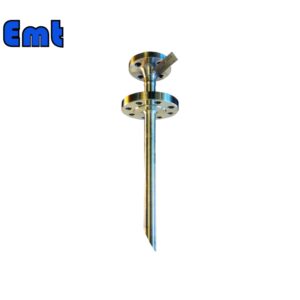
Chemical sampling quills are vital components in industrial processes, serving as an efficient and safe method of gathering representative samples from pipelines and reactors. These devices are engineered to introduce or withdraw minimal quantities of chemicals without interrupting the process flow, thereby ensuring that the samples gathered are precise and indicative of the entire system. Furthermore, familiarizing oneself with the significance, design, and applications of chemical sampling quills is crucial for maintaining process integrity and safety across various industries.
In addition to their practical benefits, chemical sampling quills are essential in industrial operations where precision chemical analysis is necessary for quality assurance, regulatory adherence, and process enhancement. Indeed, accurate sampling is critical for the compilation of chemical products, the identification of impurities, and for ensuring the process environment remains within pre-specified parameters.
Parameters
| Name | Pipeline Chemical Injection Quill Sampling System |
| Material | Stainless Steel 304、Stainless Steel 316、DSS F51、Carbon Steel A105N、Inconel 625 |
| Operating Temperature | -20±120 |
| Feature | 1. Easy Operating |
| 2. High Accuracy Long Life | |
| 3. High Efficiency, Low cost | |
| Payment | TT/LC |
| Advantage | Firstly, they are lightweight and flexible. |
| Secondly, nice Injection efficiency. | |
| At last, accurate location tracking. |
Applications of Chemical Sampling Quills
Chemical sampling quills are used in a variety of industries, including:
- Oil and Gas: Sampling quills monitor crude oil, natural gas, and refined products to meet quality and regulatory standards.
- Chemical Manufacturing: Chemical plants use sampling quills for quality control of raw materials, intermediates, and finished products.
- Pharmaceuticals: Sampling quills ensure APIs and final products meet stringent quality and safety standards.
- Water Treatment: Sampling quills monitor water quality in treatment facilities to meet regulatory safety standards.
Selection Model
| Model | |||||||||||||||||||||||||||
| SI | Chemical Injector Quill | ||||||||||||||||||||||||||
| -Code | Plug | ||||||||||||||||||||||||||
| Pxxx | Type | Material | Sealing Material | ||||||||||||||||||||||||
| 0 | No Request | 0 | CS | 0 | No Request | ||||||||||||||||||||||
| 1 | Hollow Plug Body | 1 | 316SS | 3 | DSS | 1 | Viton O-Ring / PTFE Primary Packing | ||||||||||||||||||||
| 2 | Solid Plug Body | 2 | 316LSS | 4 | INCONEL | 2 | HNBR | ||||||||||||||||||||
| – Code | Injection Nut | ||||||||||||||||||||||||||
| Nxx | Connection Size | Material | |||||||||||||||||||||||||
| 0 | i.e. No Request | 0 | i.e. CS | ||||||||||||||||||||||||
| 1 | i.e. 1/4″ | 1 | i.e. 316SS | 3 | i.e. DSS | ||||||||||||||||||||||
| 2 | i.e. 1/2″ | 2 | i.e. 316LSS | 4 | i.e. INCONEL | ||||||||||||||||||||||
| – Code | Injection Tube | ||||||||||||||||||||||||||
| Sxxx-Lx″ | Connection Size | Material | Nozzle | Line size(x″) | |||||||||||||||||||||||
| 0 | No Request | 0 | CS | 0 | i.e. No Request | The most effective position for injection is generally at the center of the pipe | |||||||||||||||||||||
| 1 | i.e. 1/4″ | 1 | i.e. 316SS | 1 | i.e. Open | ||||||||||||||||||||||
| 2 | i.e. 1/2″ | 2 | i.e. 316LSS | 2 | i.e. Quill | ||||||||||||||||||||||
| 3 | i.e. DSS | 3 | i.e. Cap & Core | ||||||||||||||||||||||||
| 4 | i.e. INCONEL | ||||||||||||||||||||||||||
| – Code | Nipple and Valve(or end Flange)of Tee | ||||||||||||||||||||||||||
| Txx | Connection Size | Material | |||||||||||||||||||||||||
| 0 | i.e. No Request | 0 | i.e. CS | ||||||||||||||||||||||||
| 1 | i.e. 1/4″Nipple | a | i.e. 1/4″Nipple and Valve | 1 | i.e. 316SS | ||||||||||||||||||||||
| 2 | i.e. 1/2″Nipple | b | i.e. 1/2″Nipple and Valve | 2 | i.e. 316LSS | ||||||||||||||||||||||
| 3 | i.e. 3/4″Nipple | c | i.e. 3/4″Nipple and Valve | 3 | i.e. D SS | ||||||||||||||||||||||
| 4 | i.e. 1″Nipple | d | i.e. 1″Nipple and Valve | 4 | i.e. INCONEL | ||||||||||||||||||||||
| 5 | i.e. 1/4″Flange | e | i.e. 1/4″Nipple end Flange | ||||||||||||||||||||||||
| 6 | i.e. 1/2″Flange | f | i.e. 1/2″Nipple end Flange | ||||||||||||||||||||||||
| 7 | i.e. 3/4″Flange | g | i.e. 3/4″Nipple end Flange | ||||||||||||||||||||||||
| 8 | i.e. 1″Flange | h | i.e. 1″Nipple end Flange | ||||||||||||||||||||||||
| For Example, SI-P221-N12-S122-L4″-T22 | |||||||||||||||||||||||||||
Best Practices for Using Chemical Sampling Quills
To maximize the effectiveness and safety of chemical sampling quills, it is important to follow the best practices:
- Regular Maintenance: Regular inspection and maintenance of sampling quills are necessary to ensure they remain in good working condition.
- Ensure Proper Installation: Securely install quills with proper fittings and seals to minimize the risk of leaks and ensure accurate sampling.
- Provide Adequate Training: Train operators in the correct use of sampling quills, including safety procedures and proper sampling techniques.
Conclusion
Chemical sampling quills are indispensable tools in various industries. They provide a safe and accurate means of extracting representative samples for chemical analysis. By understanding their importance, design features, and applications, industries can ensure process integrity, safety, and compliance with quality standards. Adhering to best practices in the use and maintenance of sampling quills further enhances their effectiveness and reliability, contributing to the overall success of industrial operations.

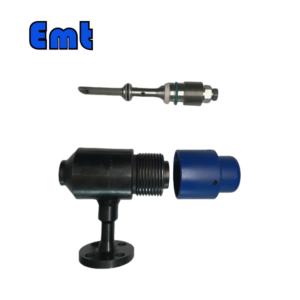 Quill Chemical Injection
Quill Chemical Injection 
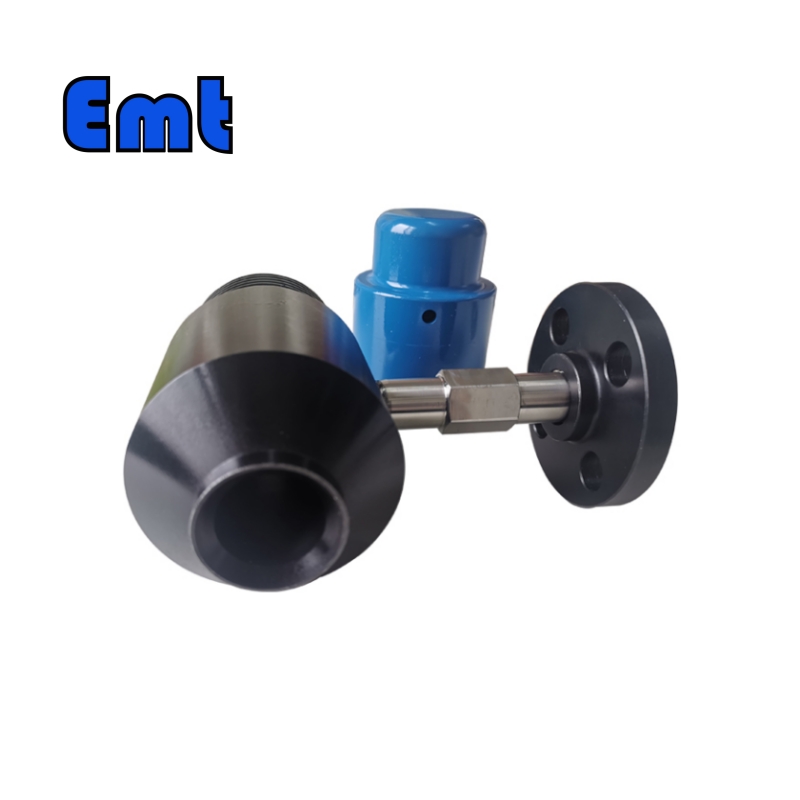
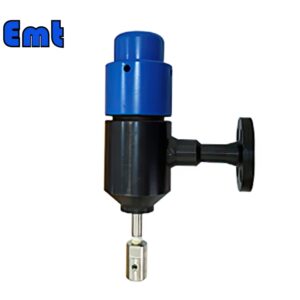
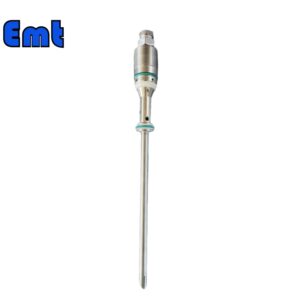
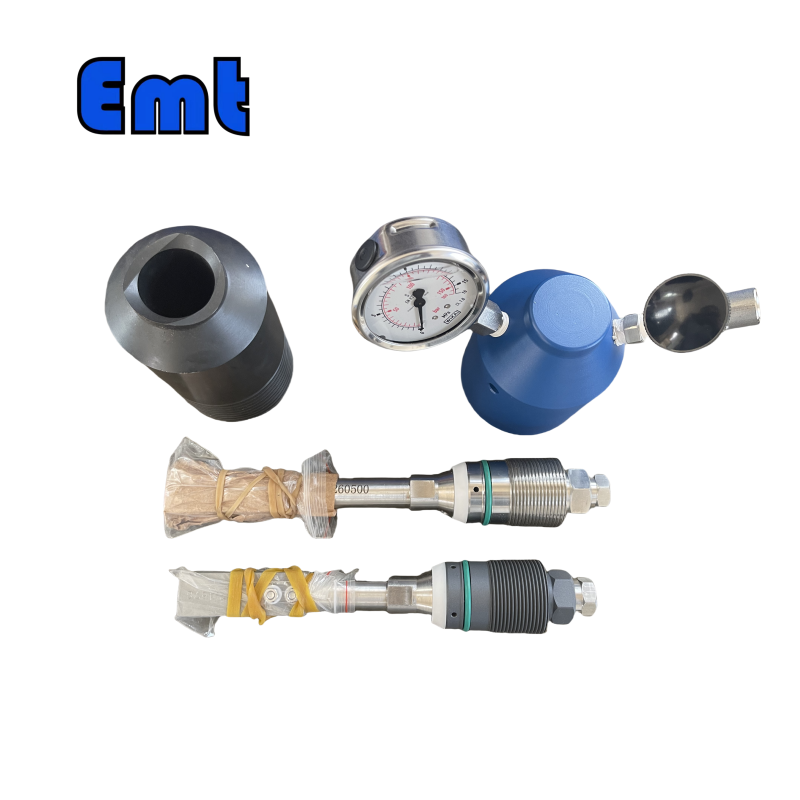
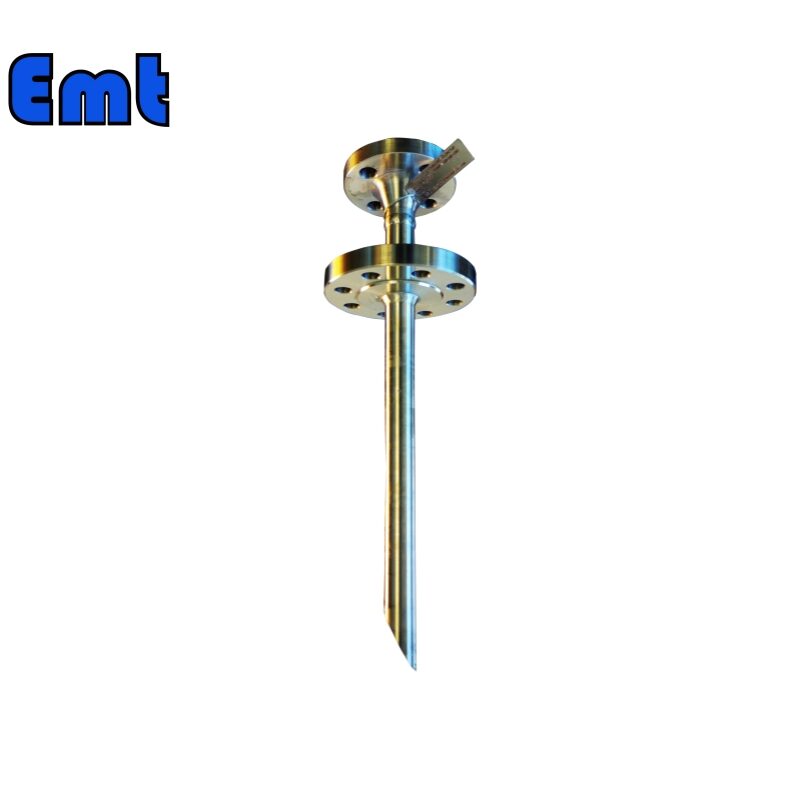
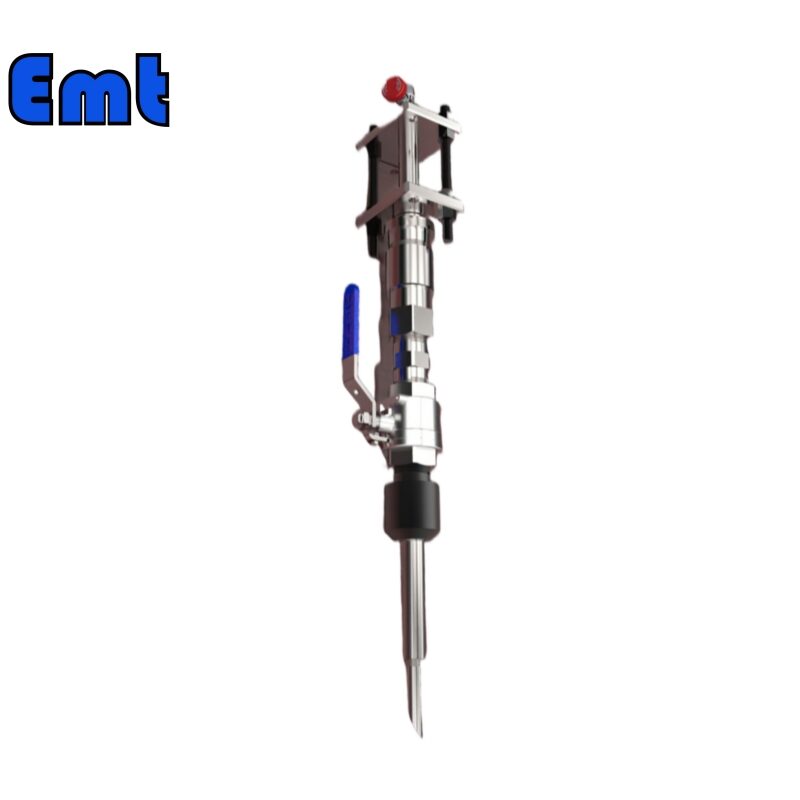

Reviews
There are no reviews yet.